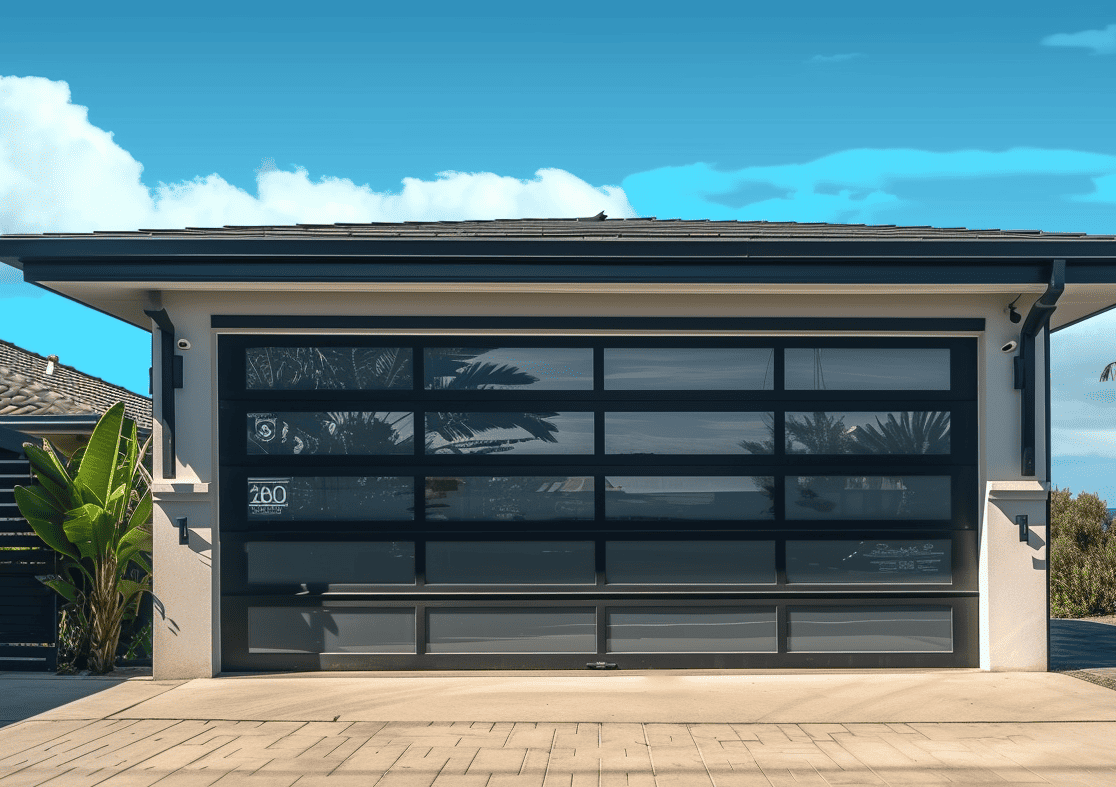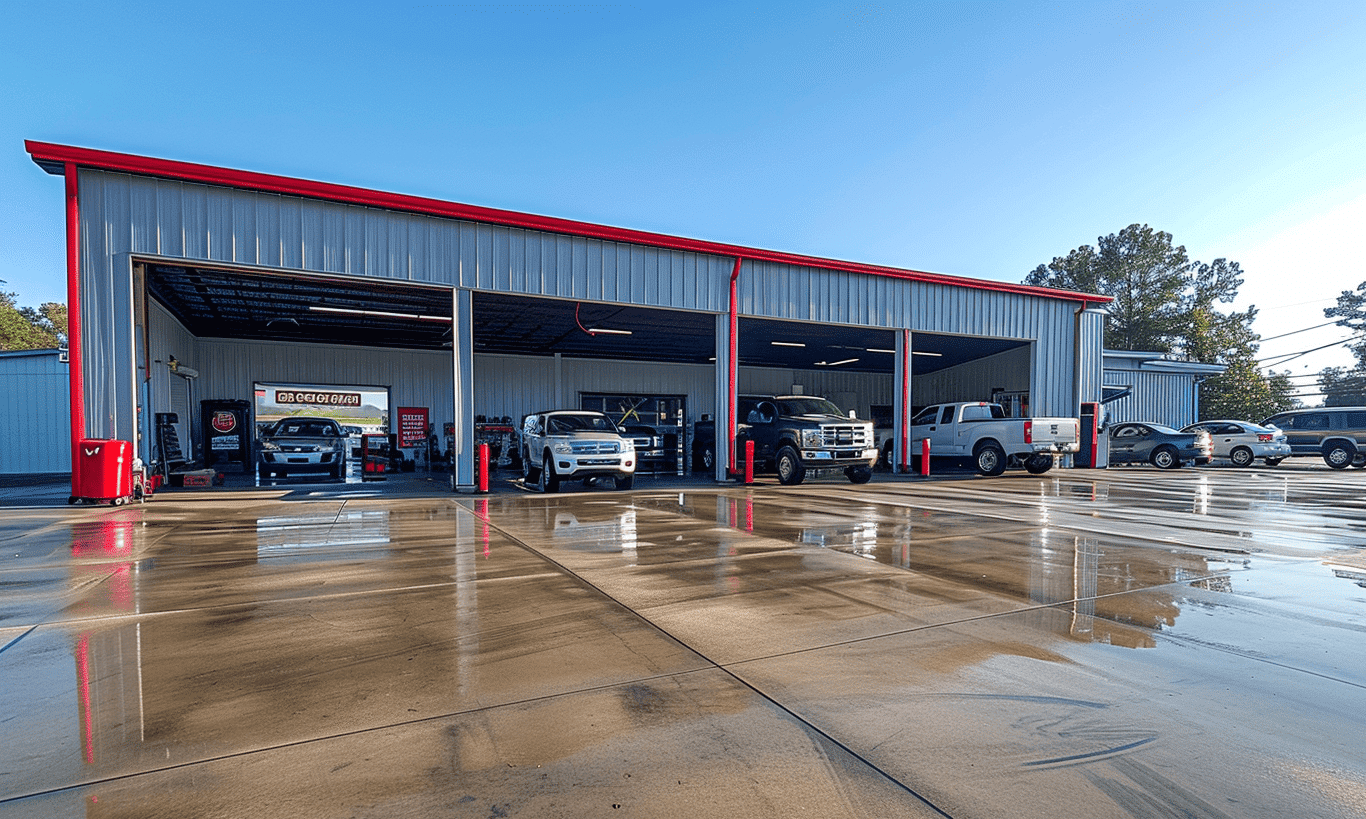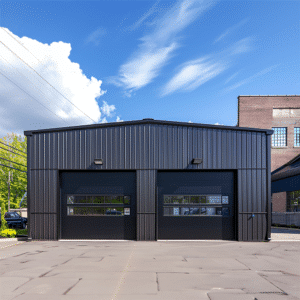Embarking on the journey of setting up an Accessory Dwelling Unit (ADU) can feel like navigating a maze. With a myriad of legal considerations looming around every corner, understanding the regulatory landscape becomes crucial. From permits to compliance, let’s dive deeper into accessory dwelling units’ legal considerations to pave your way toward a smooth and hassle-free experience.
Understanding the Legal Framework for ADUs
ADUs, or Accessory Dwelling Units, have sprouted in popularity as creative solutions for housing shortages, offering options like granny flats or basement apartments. However, beneath the surface of this appealing prospect lies a tapestry of legalities that can make or break your project.
The journey begins with Permits and Local Building Codes, the foundation of any construction project. Engaging with these regulations early is akin to owning a map in that aforementioned maze. Permits vary from place to place, shaped by local zoning laws. Whether you’re in a sprawling urban setting or a quiet suburban nook, understanding your local codes and obtaining the necessary permits is non-negotiable. Remember, a misstep here could mean pausing your project—or worse, rolling it back!
Key Zoning and Regulatory Considerations
Each area has unique zoning regulations when it comes to constructing ADUs. For instance, density restrictions might affect whether you’re permitted to build an ADU on your lot. Some regions allow ADUs in single-family zones, while others restrict them to multifamily zones, ensuring Multifamily housing code compliance.
Moreover, ADU size often takes center stage in zoning discussions. Maximum square footage, minimum setbacks, and height limitations can vary widely and require meticulous planning. Balancing these constraints with your project goals calls for creativity and strategic foresight.
The Importance of Safety and Technical Standards
Safety regulations are another corner of this intricate puzzle. ADUs must comply with building codes, often evolving with technological advancements. This includes everything from structural integrity to basic amenities. Let’s not forget about specific requirements like Pool and spa safety regulations that might come into play depending on the features you intend to incorporate.
Would you want to skirt the edges of these rules? Certainly not! Ignoring safety and technical standards could make your ADU unsafe or leave you tangled in legal disputes. Ensuring that your ADU project meets the highest safety standards is like crossing a finish line; it’s the hallmark of a successful build.
Impact of Local Policies and Community Regulations
Can you picture Canada’s vast landscapes dotted with uniformly designed structures? Neither can we! Local policies, particularly in Ontario, demand adherence to regional aesthetics and community norms. Leveraging a Ontario metal structures could offer a nod to technologically advanced, modern designs while respecting local sensibilities.
To maintain harmony, localized aesthetic standards have become more prevalent in guiding ADU design. Are you, perhaps, inspired by rustic barns or sleek steel enclosures? Engaging with these local policies enables you to blend your ADU seamlessly into the vibrant mosaic of community architecture.

Legal Challenges and Opportunities for ADUs in Alberta
Navigating the ADU legal landscape can differ wildly not only between countries but even within provinces. Take Alberta as an example. The province has numerous guidelines especially tailored for ADUs, guided by Municipal Affairs Alberta – Accessory Dwelling Units (ADUs). From defining different types of ADUs to how they interact with existing real estate law, Alberta offers a comprehensive blueprint for enthusiasts and developers alike.
While challenges like land use and environmental impact can appear daunting, Alberta also shows us a window of opportunity. Aligning your ADU project with these legislative frameworks can provide clarity and direction, leading you directly to success without unnecessary delays.
Every Silver Lining Has a Bit of Thunder
Fines or lawsuits could follow if you choose to rush, arriving ill-prepared. The adaย้อนหลังroper regulatory route is akin to a silver lining on a cloud that ensures smooth sailing. Approaching these hurdles with determination and seeking professional consultation can transform potential setbacks into empowering momentum for your project.
Concluding the Maze: Successful ADU Projects
Navigating the labyrinth of accessory dwelling units’ legal considerations is no small feat. The multitude of steps makes deliberate planning indispensable. From acquiring permits and understanding local codes to embracing safety measures and complying with zoning laws, each step edges you closer to establishing the ADU of your dreams.
Ultimately, the key to ADU success lies in leveraging legal frameworks as tools: they are not merely obstacles but rather stepping stones that guide the way to innovative housing solutions. Remember, when you partner patience with preparation, you won’t just walk—the path to your ADU will feel more like a triumphal march.
Crafting an ADU is an enriching endeavor when approached correctly. So, ready to turn the page on your housing chapter? Tackling the legal maze is, indeed, the first step in penning your ADU saga.










